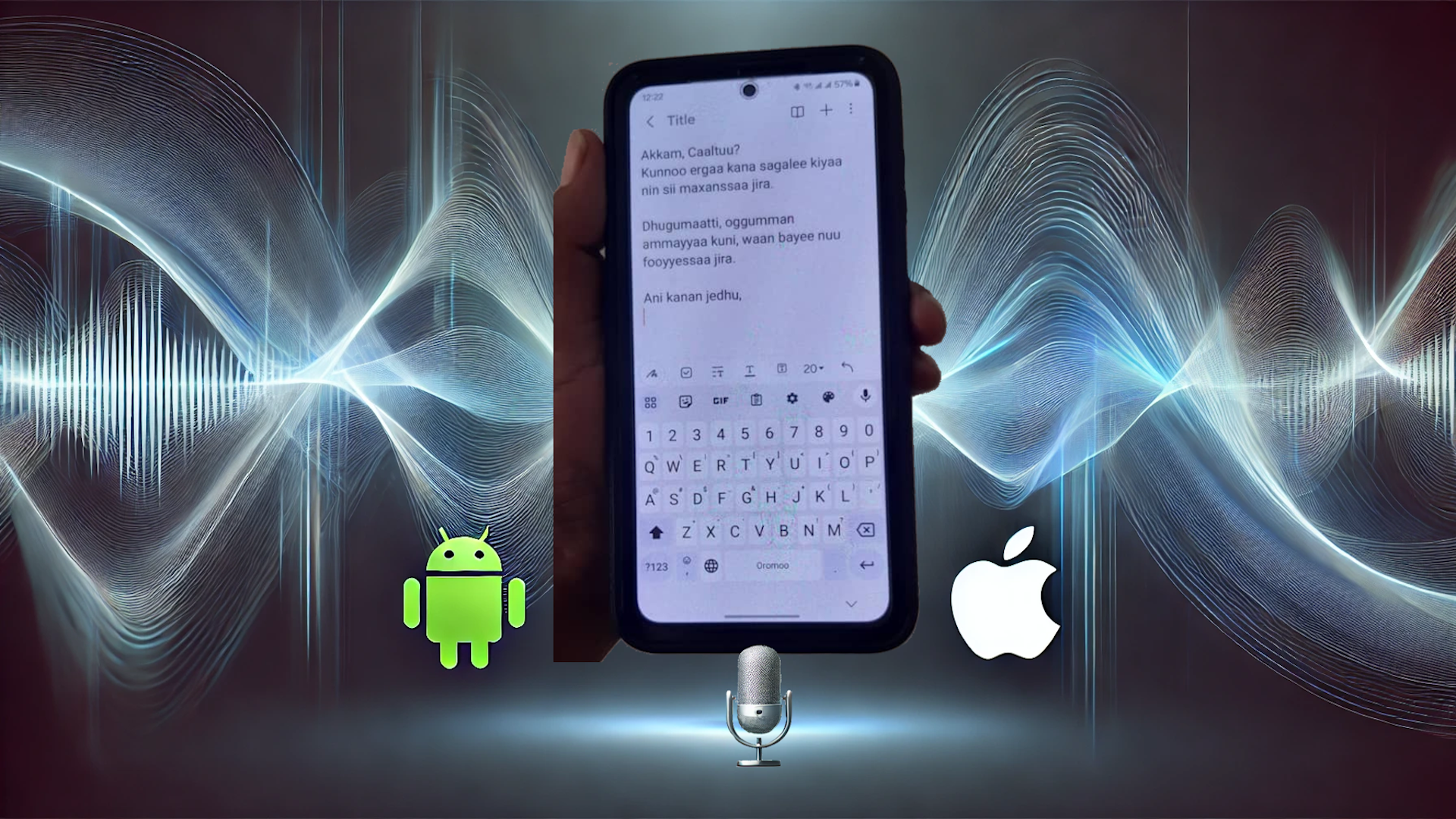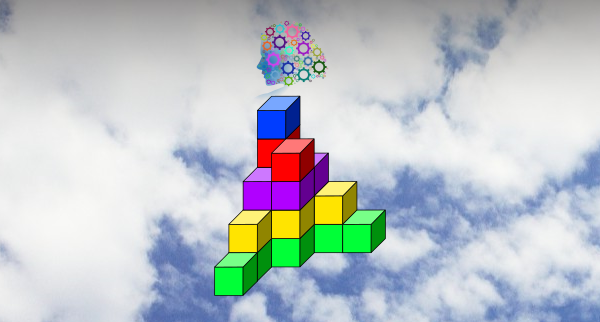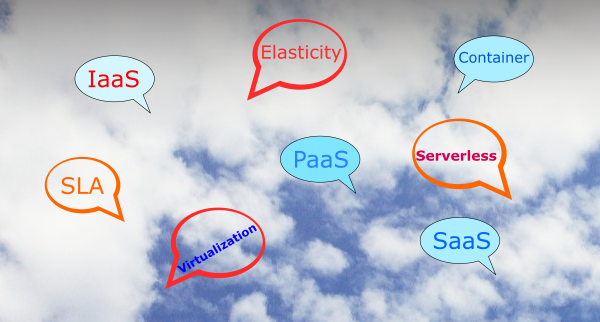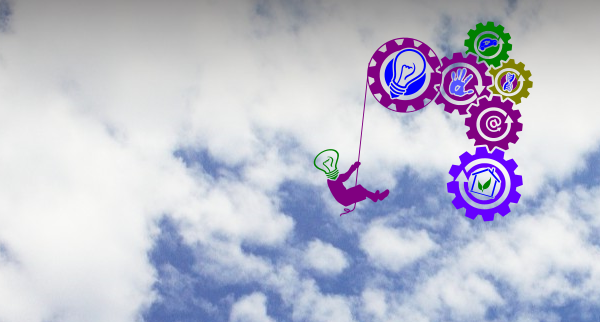The PC Killed Time-Share Computing; Will Cloud Computing Bring It Back?

Overview
If you’re old enough to recall PDP-11 minicomputers (even this term seem to be fading!) and similar multi-user computers running the Unix operating system – yes, famous at being multitasking multi-user operating system – you’ll no doubt remember a cluster of dumb terminals connected to a central computer for time-sharing of compute power. In those days (I knew the 80’s when the PC was about to take over) time-sharing was a necessity for a large group of users to make efficient use of a central computer. And time-sharing computing model was the norm at higher education establishments (and, of course, in those days no ICT curriculum and computers in schools).
I was toying with this idea of how to come up with inexpensive display terminals (the equivalent of dumb terminals of the time-sharing era) for accessing Cloud Computing resources. My thought process was in the context of helping educational institutions in developing countries: where PCs are still less affordable, Cloud Computing happens to be a new god-send technology poised to offset the cost of computing (see a related article: Cloud Computing Services as Emancipative Technologies), but it’s still a necessity to come up with affordable user-end terminals that can cater for a large group of users. (There is no doubt that you’ll find great applications even for developed countries as well, because the cloud platform is inherently flexible at maximizing resource utilization, in this case with multiple users).
The solution, for most part, was just in front of me:
- Internet of Things (IoT) surprisingly has already done a heavy lifting in paving the way to the solution I was aiming for. Looking for what is out there, I was almost spoiled for choices of Azure certified devices for IoT design kits. One that grabbed my attention was a kit designed to run Windows 10 for IoT Core, and it’s insanely incredible that you can pick this up for under $30, with the kit comprising 64-bit processor @ 1.4 GHz, 512 MB RAM, Bluetooth and Wi-Fi connectivity, and HDMI display interface (albeit less advanced video processing) and many more;
- My cursory research also shows that you can pick up a 17″ to 20″ HDMI display (modest size for classroom environment) for around $100, and even less for volume quantities;
- IoT devices just cited above have a generous number of USB ports for input devices (as well as Bluetooth input alternatives), in this case for keyboard and mouse and with a tiny portion of the total cost for input devices;
- Windows 10 IoT Core license can be purchased through an Azure subscription, which works out for about $0.30 per IoT device per month, even cheaper possibly [near] free for educational license. This will be an integral part of a Cloud Computing subscription shown in the next bullet point.
- And what to do with Cloud Computing? At the basic level, we can now connect our “thin client” – as inexpensive display interfaced to an IoT device as outlined above, for the provision of, say, some e-Learning SaaS and general web access and more.
Back to Time-Share Computing?
Consider the above as a proof-of concept, but if we aim for an integrated (and enhanced) solution with volume production, the cost of an IoT-based display just described can come down significantly (any takers from display makers?, or do they exist already?). Considering user population of educational establishments or similar, we can think of our cloud platform to provide a more enhanced and targeted educational service – a great business proposition here, and feel free to contact me for a possible collaboration 😉 – a good example here being developing eLearning Software as a Service or eLSaaS (what an acronym!).
The above is for a relatively large display terminals in a classroom environment; if, instead, we’re targeting the same design for the handy smartphone or tablet computer as a client terminal, we don’t even have to worry about the display. Our design will now shrink with Windows 10 for IoT Mobile + smartphone (possibly a tablet) for accessing our cloud eLSaaS. Another good news which can work as complementary solution to the above (say, for accessing courseware materials while away from large displays), or a standalone solution in its own right.
The more I think about it, the more convinced I’m that Time-Share Computing, or variation thereof, will be back via the cloud route. Sure, it won’t be exactly time-sharing as a multiplexing on a single computer, but abstracting the aggregated compute resources (in turn made possible by virtualization) as compute endpoint and sharing this by a pool of users based on thin clients make it resemble one.
☀☀☀
© 2019 Demessie Girma

































